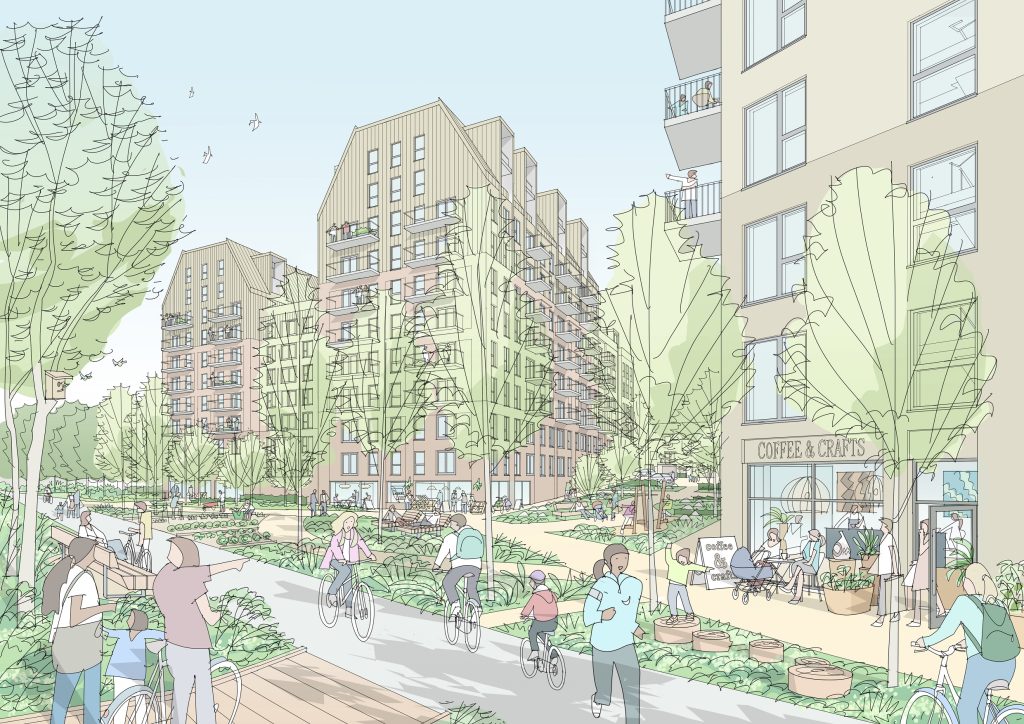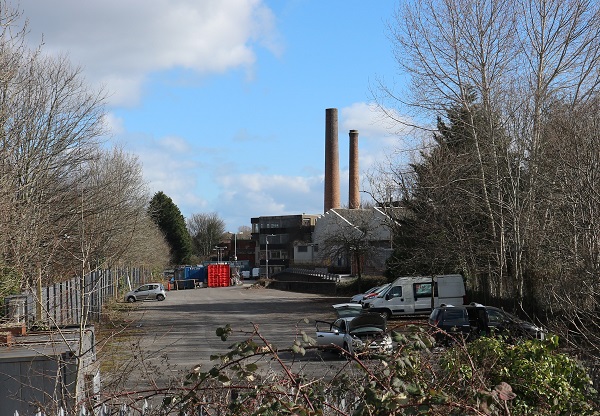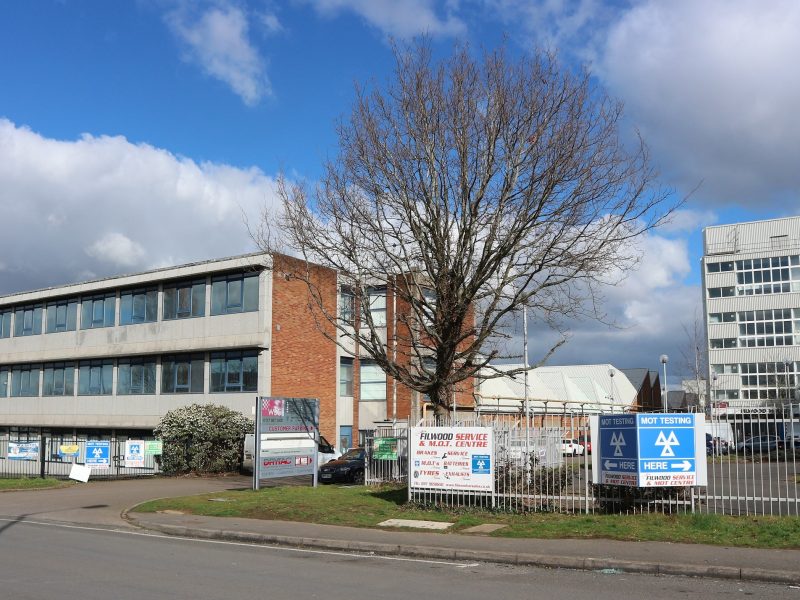SCALED-back plans to demolish two office buildings and create hundreds of homes as part of a huge new neighbourhood for thousands of people in Fishponds have been unveiled.
Developers want to knock down Verona House and Filwood House in Filwood Road and replace them with 380 homes in blocks between four and six storeys.
Previous proposals for the site next to Bristol and Bath Railway Path, announced two years ago, were for 780 flats in high-rises up to 13 storeys and 120 houses.
Two tall landmark chimneys would have been toppled, but now those will be retained as part of the revised scheme.
The plans by Central Fishponds are one of three proposed developments, collectively called Atlas Place, which could see the industrial and warehousing area transformed into 2,000 new homes.

One has already received planning permission, in December, when Bristol city councillors approved 252 homes on the former Graphic Packaging International base.
The third, the Castel site in Goodneston Road, could be turned into a 1,600-home estate called Timber Mills, along with wildlife areas and improved transport and community facilities.
Central Fishponds is now asking Bristol City Council if it needs to carry out an environmental impact assessment (EIA) ahead of submitting a formal planning application.
In planning documents their agents said the development would be unlikely to have a significant impact on the environment and so would not need an EIA.

They said: “The two existing brick chimneys on the site are proposed to be retained.
“While they do not meet the criteria to merit local listing and do not constitute non-designated heritage assets, the applicant recognises the landmark afforded by the chimneys.
“The height of proposed new built form varies but will generally be up to four storeys for the majority of the site, with some buildings up to a maximum of six storeys.
“The construction period is anticipated to be phased over approximately four to six years.”
The new homes would replace the three-storey Verona House and seven-storey Filwood House.
The latest application can be viewed on the city council’s planning website under reference 25/11206/SCR.
By Adam Postans, Local Democracy Reporting Service
Top picture: The Verona House and Filwood House site

